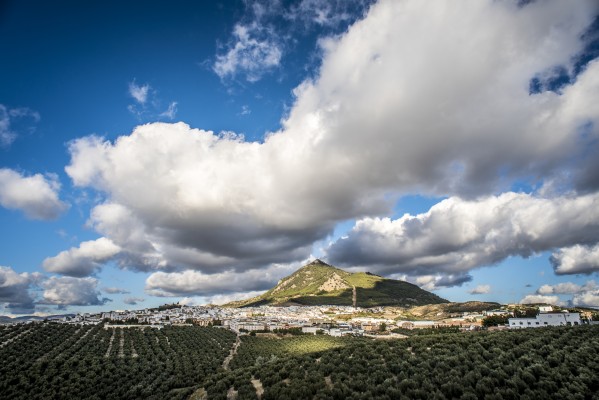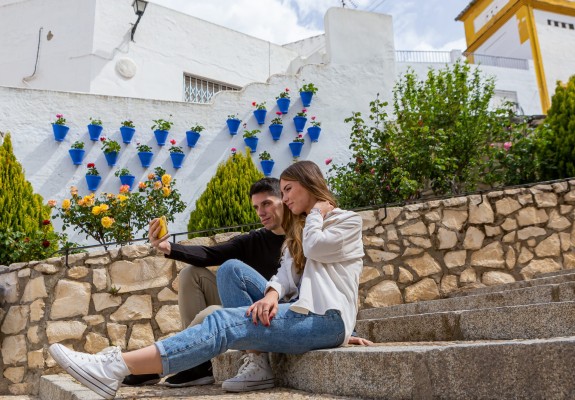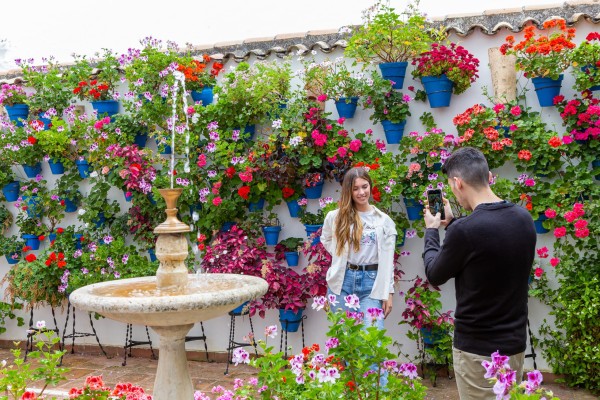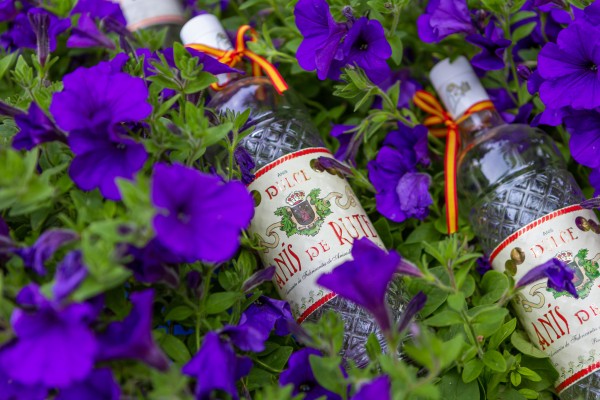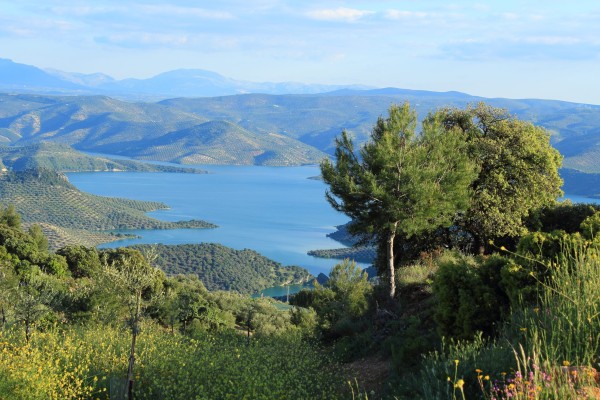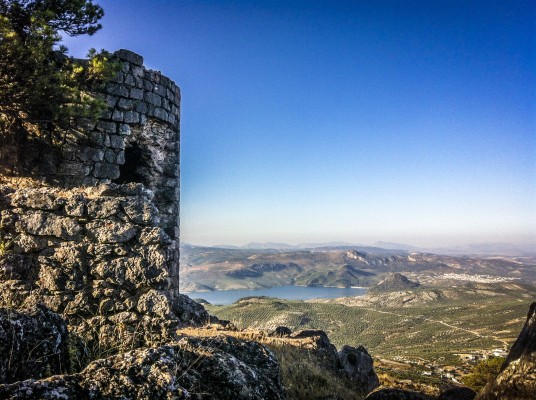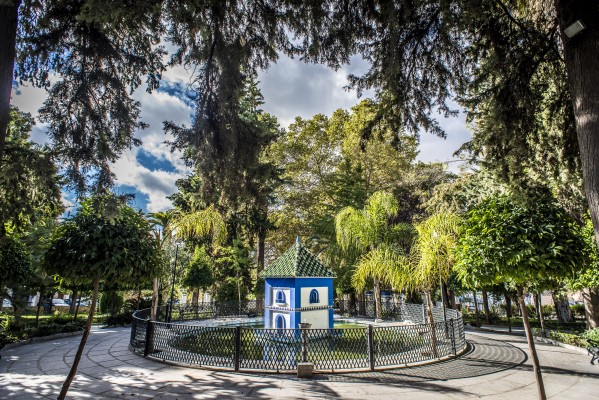The white-washed houses of Rute, famous for its eau-de-vie and anisette, spread out at the foot of the Sierra. The white-washed houses of Rute, famous for its eau-de-vie and anisette, spread out at the foot of the Sierra, watched over by the Torre del Canuto on El Hacho and surrounded by olive groves. The town is divided into an Upper [Alto] and Lower [Bajo] area that meet along the street named El Chorreadero. Many streets, such as calle Nueva, calle Roldán, calle Cerro and calle Cruces, contain stone steps, locally referred to as “peanas”, to aid ascent, which are often decorated with flowerbeds.
- This village is located in the south of the province, along the C-334 road.
- Distance from Córdoba: 91 km.
- Altitude: 634 m.
- Surface area: 133.89 km2.·
- Population: 10.309.
- Term used to designate inhabitants: Ruteños.
- Region: Subbética Cordobesa
Rute el Viejo arose at the beginning of the 13th century, based around a fortress constructed in the Sierra by the Moors. In 1240, the locality was surrendered to Ferdinand III, who subsequently ceded the town to the Council of Córdoba. Given the town’s position on the border with the neighbouring kingdom of Granada, its situation was unstable from the middle of the 13th century up until 1433, when it was definitively conquered by Christian forces under John II, who ceded it as estate to the young nobleman Ramiro Yáñez de Barrionuevo. The town was subsequently repopulated and moved from the original site of Rute el Viejo to its present location. During the civil war between Henry IV and Prince Alfonso (1465-68), the Lord of Rute supported the latter, and therefore the king revoked the cessation and ceded the town to Diego Fernández de Córdoba, Lord of Baena and the first Count of Cabra, in return for the aid he pr! ovided during the conquest of Ecija. The Fernández de Córdoba exercised what verged on absolute power over the town during the Modern era. Rute as it stands today can be traced back to the first half of the 16th century, according to the historian B. García, who cites the abbot Juan de Córdoba as the founder of the modern town. The Iberian/Roman town of Cisimbrium, which had a similar history to Rute during the Middle Ages, lay close to the hamlet of Zambra.

